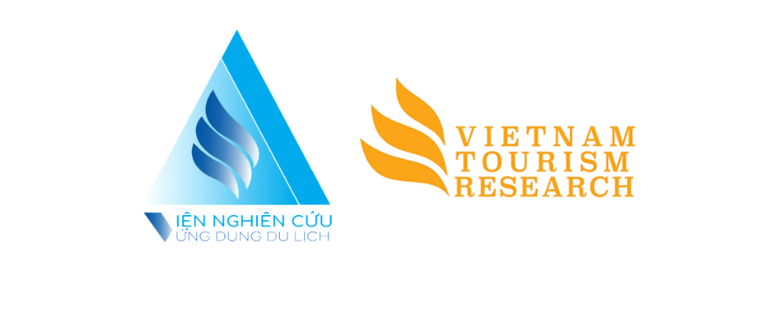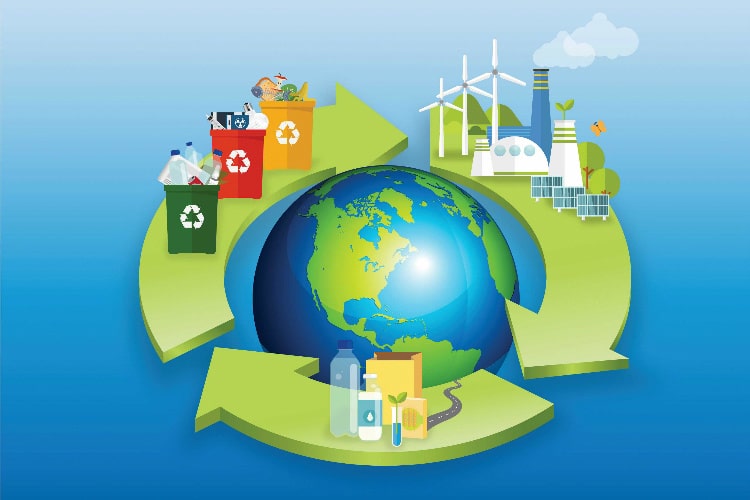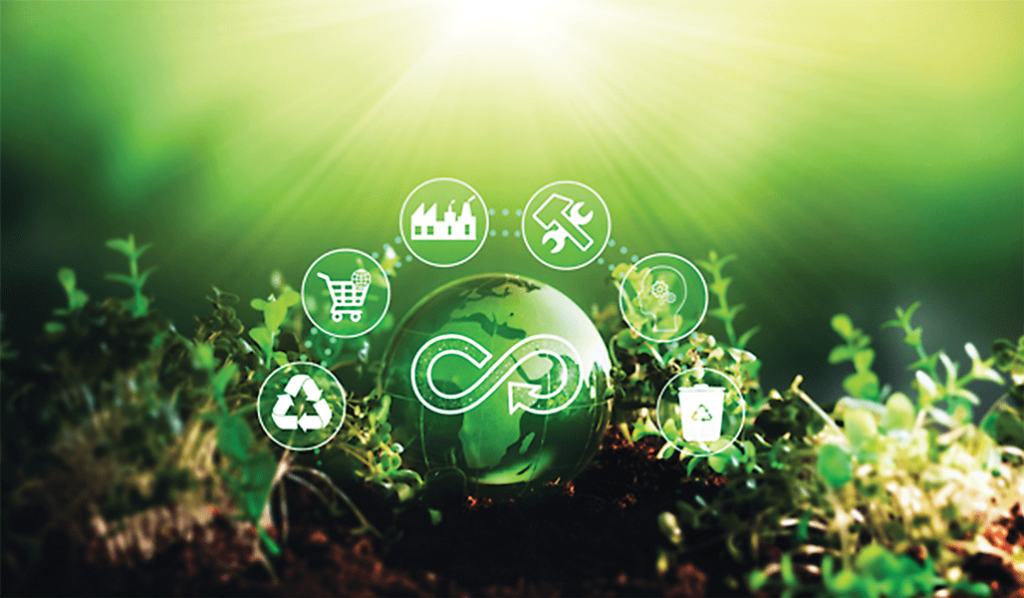This post is also available in:
Tiếng Việt (Vietnamese)
Amid growing pressures from climate change, resource depletion, and environmental pollution, the tourism industry is compelled to undergo structural transformation. In this context, the circular economy emerges not only as a remedial strategy but also as a breakthrough pathway for developing tourism in a sustainable, intelligent, and responsible manner.
When the Linear Model No Longer Fits
For decades, tourism activities have operated on a familiar linear cycle: extraction – use – disposal. Hotels consume tons of plastic bottles, tissues, electricity, and water annually; restaurants discard vast quantities of surplus food; popular destinations become “waste hotspots” during peak seasons. While contributing to GDP and employment, tourism has also imposed a considerable environmental burden.
This reality reflects the limitations of the linear consumption model in the context of finite natural resources. Without a fundamental shift, tourism—which relies heavily on natural beauty and social stability—may become a victim of its own unsustainability.
The Circular Economy: Foundational Theory and Practical Application
The circular economy is not merely a waste management model; it is a comprehensive development philosophy. In contrast to the linear model, the circular economy is based on redesigning entire value chains to extend product lifecycles, reduce resource consumption, and restore ecosystems.
In tourism, circular economy practices appear at multiple levels: from hotels using recycled furniture and sorting waste at the source, to business model innovations such as renting travel equipment instead of selling it, or minimizing consumption through flexible pricing mechanisms based on usage behavior.
More importantly, the circular economy not only addresses environmental issues but also creates new economic value. Reusing materials, reducing energy costs, and optimizing resources allow businesses to save expenses while enhancing brand image.
Pioneering Models Demonstrate Feasibility
Around the world, many tourism enterprises are successfully implementing circular economy solutions. A notable example is Hotel Verde in Cape Town, South Africa. Touted as “Africa’s greenest hotel,” Verde not only eliminates plastic waste but also adopts a closed-loop material management system. It collaborates with suppliers to deliver goods in returnable packaging, reuses furnishings, and rewards guests for sustainable behaviors such as waste sorting and conserving water and electricity. These reward points can be redeemed for drinks, meals, or service discounts—creating a positive link between personal behavior and immediate benefits.
Another example is the “lighting as a service” model at Schiphol Airport in the Netherlands, where the airport leases lighting systems from Philips instead of purchasing them outright. As a result, Philips is incentivized to produce more durable and energy-efficient lights that can be reused, while the airport reduces maintenance costs and electronic waste.
Tourism as an Ideal Foundation for Circular Economy
Unlike many traditional industries, tourism features a unique characteristic: a close relationship between providers and customers. This relationship offers opportunities for education, inspiration, and behavior change toward sustainability.
When tourists travel not only to consume services but also to learn, interact, and experience—then the tourism model itself contains circular potential. Designing “living labs” in accommodations—where guests sort waste, receive feedback on electricity and water usage, or learn to live plastic-free—is a powerful tool to scale circular thinking beyond the holiday experience.
Barriers to Overcome
Nevertheless, the circular economy in tourism remains novel and faces multiple challenges. First is the lack of specific policy frameworks: most current environmental regulations are generic and do not account for the specificities of the tourism sector. Second, not all businesses can easily recognize the direct economic benefits of circular investments, especially when initial costs appear higher than single-use alternatives.
Moreover, the absence of systemic connectivity is a major barrier. Circular economy solutions are only effective when multiple stakeholders in a destination—hotels, restaurants, local authorities, waste collectors, suppliers—are interconnected. If one link is weak or uncoordinated, the circular chain is disrupted.
The Way Forward
For the circular economy to become a mainstream strategy in tourism, coordinated efforts between policy, markets, and consumer behavior are essential. International organizations such as the One Planet Network, UNWTO, and the Circular Economy Club are playing critical roles in fostering collaboration, sharing best practices, and establishing global standards for circular tourism.
Meanwhile, each tourism business must begin with itself—from small changes like eliminating single-use plastics to redesigning services for more efficient resource use. Most importantly, the shift requires a new mindset: tourism cannot continue consuming in the old ways while expecting new outcomes.
The circular economy is not merely a symbolic “green” option. It is a practical economic model capable of generating sustainable value and delivering long-term benefits for businesses, communities, and the environment alike. With innovative thinking, tourism can become a leading example in circular transformation—not only preserving today’s destinations but also ensuring the survival of tourism in the future.
Circular tourism is a regenerative journey—and each of us can be a part of it.











